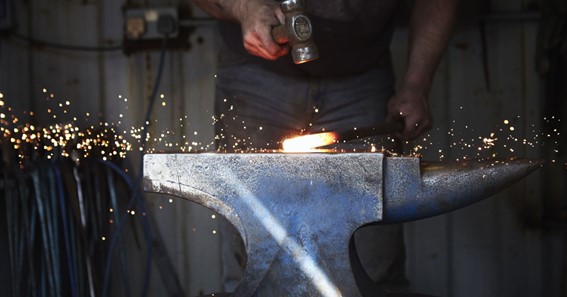Are you looking for the uses of metals, what are they? Then let me tell you about it. Here I will explain to you the several different uses of metals. In this article, you will come to understand metals, their types, properties. Etc. You will come to know about the list of the metals and how they are useful for us in our life. Here you will find out the uses of metals and nonmetals which will help you in collecting more information. So let us read the data here on the properties and uses of metals without any time due.
Click here – Top 10 Uses Of Plane Mirror
List of Top 10 Uses Of Metals?
Here we have listed some of the uses of the metals. So please read these uses carefully before understanding them in detail.
- In Electronics
- Production Of Medicine
- Manufacturing Machinery & Automobiles
- In Jewellery And Clothing
- For Security Systems
- For Construction And Building
- In Farming
- In Cooking
- Gold And Silver Market
- Manufacturing Furniture
Uses Of Metals
Below we have described the uses of metals in detail. You will come to understand different types of metals and their uses in the following very properly. Let us read till last so that no important point is missed out.
-
In Electronics

Metals are used in electronics and electrical devices. Electrical things and machines such as refrigerators, televisions, air conditioners, phones, and all other electronic devices you might think of are depending on electricity to operate. These instruments usually have metallic parts and wires in their structure. The primary reason being the conductivity properties of the metals they are used to make wires and parts for electrically powered devices and gadgets because they are strong conductors of electricity.
-
Production Of Medicine
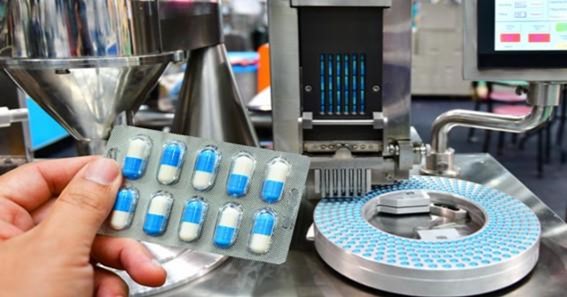
Metals can be found as micro-elements within our bodies at the molecular level. They help in the transmission of nerve impulses, the circulation of oxygenated blood, and enzyme reactions. Metals can also be used to treat micronutrient deficiency disorders such as anemia. Metal trace elements can also be present in the body as electrolytes, enzymes, or co-enzymes. Metals such as magnesium, titanium, and aluminum are commonly used in medicine uses to make antacids and in inorganic chemistry. Steel is also used in the manufacture of essential surgical instruments.
-
Manufacturing Machinery & Automobiles
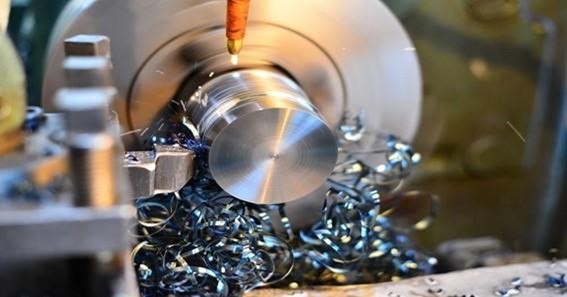
The metals are used in constructing in building big machinery and automobiles. Railways, cranes, missiles, mills, ground cars, spacecraft, and aircraft are also forms of machines and cars. Because of their ability to handle a huge amount of strain and high temperatures when doing work, these devices are often made of metals. This is one of the most popular uses for metals. They are commonly used in the manufacture of machinery for industries, farming or manufacturing, and cars such as road vehicles, railways, aircraft, rockets, and so on. Iron, aluminum, and steel are the most widely used metals in this area.
-
In Jewellery And Clothing
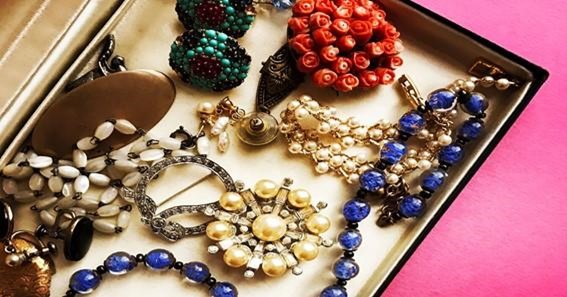
Platinum, gold, copper, and silver are among the most sought-after metals in the world. The luster and resilience of the metal are what make it so strong and precious. They are very costly and serve as a reflection of the financial situation. These metals are often used in the creation of jewelry sets or decoration items.
-
For Security Systems

Metals are strong and durable things that you can use for safety and security. The rest of your lockers, cupboards, safes, and locks are made of aluminum. They protect your precious possessions from burglary or misplacement. To ensure 24-hour surveillance, even the CCTV device case is made of sturdy metal.
-
For Construction And Building

Steel and iron are the most often used metals in building construction due to their ability to resist weight and total strength. The common uses of metals in constructions are done for building the fencing, beams, reinforced concrete roofing, and foundations. The metals help to construct stronger infrastructures by stabilizing the frame structure of the buildings.
-
In Farming

Farming is a challenging area that has much hard work which involves loosening the soil, cutting weeds, planting seeds, and a variety of other manual labor-intensive operations. As a consequence, using metal in farming tools and equipment is important. The work efficiency is increased by making use of the metals in the farms. The metal equipment makes the work of the farm and fields easier.
-
In Cooking

Metals such as aluminum, brass, and copper are used to make basic kitchen utensils. Other kitchen products made of metal include troughs, furnaces, spoons, bowls, knives, and stoves because they can handle high temperatures and are ideal for both dry and wet use. Most of the utensils made up of metals can keep food warm and hot for more time so it remains fresh.
-
Gold And Silver Market
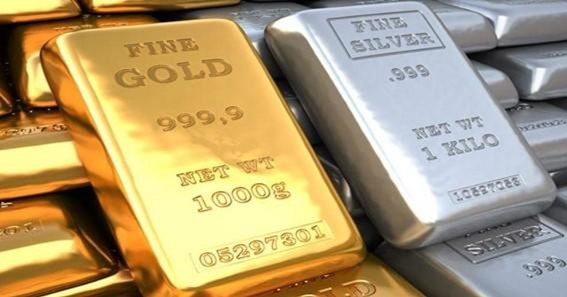
Many of the decorative pieces of ornaments and jewelry are made by using gold and silver. Metals are important in the growth of the economy. As investing in gold and silver markets and metal stocks will help you make a fortune. Since metals are evergreen and in demand, some consider them to be the best and safest investment choice.
-
Manufacturing Furniture
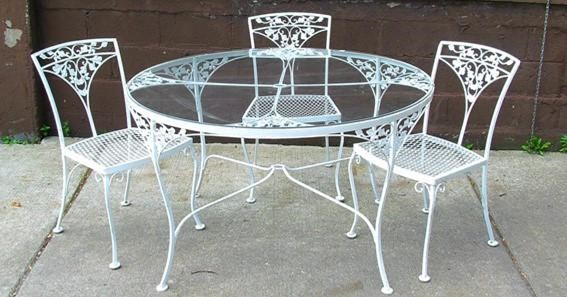
Several household things are made up of metals nowadays. You will be able to see that metal furniture is more durable than wooden furniture sometimes. The tables, chairs, etc are made from metals. This is used in place of traditional wood in home furnishings. The metal pieces used in the furniture industry include drawers, fan stands, and cupboards.
List Of Metals With Their Uses
There are some groups of metals that we have listed in the following. So let us have a look at the list of metals and their uses.
-
Noble Metals
The noble metals are present in pure form because they are non-reactive and do not react with other elements to form compounds. They can not corrode readily because they are nonreactive. As a result, they are suitable for jewelry and coins. Copper, palladium, silver, platinum, and gold are examples of noble metals.
-
Alkali Metals
Alkali metals have high reactivity. They have low melting points and are easily sliced with a knife. Examples of alkali metals are potassium and sodium. The common uses of alkali metals are used for the reduction reactions, in fertilizers, in photography, in medicinal purposes, etc.
-
Transition Metals
Uses Of Transition Metals Transition metals are solid, rough, and easy to mold. The uses of transition metals in a variety of manufacturing applications. Iron, gold, silver, chromium, nickel, and copper are among the noble metals in this group.
-
Poor Metals
Poor metals are relatively lightweight, and most are not used extensively on their own. However, when mixed with other compounds, they become incredibly useful. Aluminum, gallium, tin, thallium, antimony, and bismuth are examples of poor metals.
-
Alkaline Earth Metals
Alkaline Earth Metals can be present in many mineral compounds. They are stronger and have higher melting points than alkali metals, as well as being less reactive. Calcium, magnesium, and barium are all members of this group.
Uses Of Metals And Alloys
There are different types of alloys given in the under. You will come to know about the uses of metals and alloys below.
- Brass is a copper and zinc alloy that is used for many home decoration products. The combination of these metals makes brass solid and a long-lasting metal alloy.
- All of the doorknobs and high-quality locks are made of brass.
- The use of alloys in gold-based ornaments of copper has long been recognized and is mostly used to make the ornaments more durable and wearable.
- The inclusion of copper strengthens the gold ornament.
- Bronze alloy is used to create sculptures, trophies, and home decorations. Tin and copper combine to form bronze.
- Stellite is a four-element alloy made up of carbon, tungsten, chromium, and cobalt that is used in the manufacturing of high-tensile blades and machine parts.
- The alloy amalgam, which is used for a variety of medicinal purposes it contains silver, tin, copper, and zinc as well as mercury, indium, and palladium.
- Steel is an iron and carbon alloy used in a variety of constructions and industries, whereas stainless steel contains nickel and chromium in addition to iron and carbon.
- The utensils, cookware, cutlery, and other large appliances such as refrigerators and gas stoves, as well as surgical equipment, are made of stainless steel, which is mostly composed of carbon, chromium, and nickel, with iron serving as the primary ingredient.
Uses Of Metals And Non-Metals
You will come to know about the different uses of metals and non-metals in the living world. So let us understand the uses of metals and nonmetals in the following.
Uses Of Metals
- In hospital thermometers, liquid metals such as mercury, which may exist at room temperature, are used.
- Lead is widely found in automobile batteries.
- Nickel is used to making coins.
- Sodium is used in the production of table salt.
- Uranium is also used in the defense industry as a nuclear weapon.
- Jewelry is made from gold and silver.
- Copper is used to making electrical wires, cooking utensils, and other products.
- Zinc is mostly used to coat iron as a protective coating.
- Aluminum is used in the production of electrical cables, packaging, and cooking utensils, among other things.
- Metals such as iron and steel are commonly used in the design of houses and residences.
Uses Of Non-Metals
- Fertilizers include non-metals such as nitrogen.
- Graphite is seen as a strong electrical conductor.
- Fertilizers contain potassium.
- Plants use nitrogen.
- Breathing requires the use of oxygen.
- Chlorine is used to disinfect water.
- Crackers contain phosphorus.
- Leads are made from graphite.
- Carbon is used in the production of gasoline.
- Bromine is a chemical that is used in dyes and pesticides.
Properties Of Metals
Here we will see the properties of the Metals and their uses. So let us start one by one with the additional and physical properties of metals as in the following.
- They are luster.
- They are malleable.
- They have good conductivity to heat and electricity.
- They have a high melting point.
- They are sonorous and can make sounds and vibrations.
- Some of the metals can go under chemical reactions.
Read Also: Top 12 Uses Of Plane Mirror
FAQ
What Are The 10 Uses Of Metals?
Below are the 10 uses of metals.
- In hospital thermometers, liquid metals such as mercury, which may exist at room temperature, are used.
- Lead is widely found in automobile batteries.
- Nickel is used to making coins.
- Sodium is used in the production of table salt.
- Uranium is also used in the defense industry as a nuclear weapon.
- Jewelry is made from gold and silver.
- Copper is used to making electrical wires, cooking utensils, and other products.
- Zinc is mostly used to coat iron as a protective coating.
- Aluminum is used in the production of electrical cables, packaging, and cooking utensils, among other things.
- Metals such as iron and steel are commonly used in the design of houses and residences.
What Are The Main Uses Of Metals?
Here we have mentioned the main uses of metals in the following.
- In Electronics
- Production Of Medicine
- Manufacturing Machinery & Automobiles
- In Jewellery And Clothing
- For Security Systems
- For Construction And Building
- In Farming
- In Cooking
- Gold And Silver Market
- Manufacturing Furniture
What Are The 10 Uses Of Nonmetals?
Below are the 10 uses of nonmetals.
- Fertilizers include non-metals such as nitrogen.
- Graphite is seen as a strong electrical conductor.
- Fertilizers contain potassium.
- Plants use nitrogen.
- Breathing requires the use of oxygen.
- Chlorine is used to disinfect water.
- Crackers contain phosphorus.
- Leads are made from graphite.
- Carbon is used in the production of gasoline.
- Bromine is a chemical that is used in dyes and pesticides.
What Are The Four Uses Of Metals?
- In Electronics
- Production Of Medicine
- Manufacturing Machinery & Automobiles
- Gold And Silver Market
What Metals Do We Use In Everyday Life?
Nickel, cobalt, and chromium are often found in everyday consumer objects, such as jewelry, clothing, leather, technological devices, household items, and other daily-use objects [1]. Gold, palladium, mercury, copper, aluminum, titanium, iron, platinum, tin, zinc are also occasionally found in these items.
What Is A Fun Fact About Metals?
The word metal comes from the Ancient Greek word ‘metallon’ which means quarry or to mine or excavate. The most abundant metal in the universe is iron, followed by magnesium. The tallest free-standing structures in the world are made of metals, primarily the alloy steel.
What Is The Most Important Metal Of Daily Use?
Metal like iron is used in various tools, machinery, pipes, rods, sheets, doors, windows, construction works like bridges, roads, buildings, etc. Aluminium is used as packaging and wrapping materials. It is also used in aircrafts and automobiles, etc.
Which Are Most Two Most Used Metals?
Aluminum is definitely the second most useful metal today, after iron. It is silvery white in colour, malleable, ductile, light and strong, and it is a very good conductor of heat and electricity as well. Also it is resistant to corrosion. Therefore aluminum finds wide range applications.
Read Also: What Is Even Parity?
Conclusion
In this article, we saw the uses of metals. You came to know about the different types of the list of metals and their uses, I described the common uses of metals and their properties which will be helpful for you to understand more about the metals. You read the different metals and non-metals uses here. It is a piece of useful information that contains several uses and examples of metals. The data you saw above will also help you with getting answers to your common queries related to metals uses. So now you have completely understood the uses of metals.
What are the uses of metals and their properties
What are the uses of metals in our daily life?
